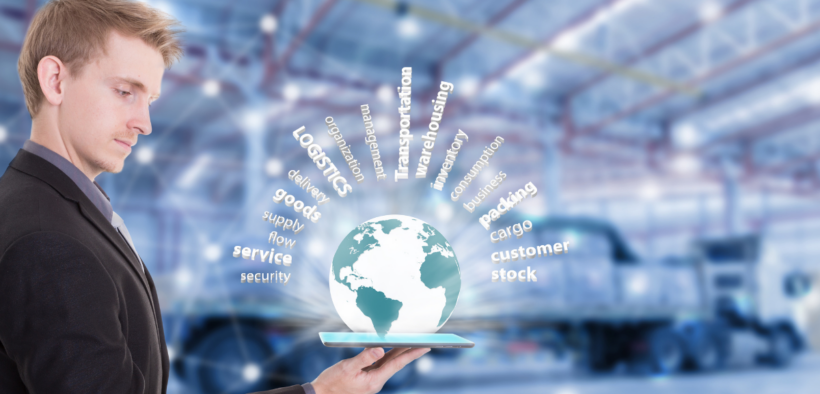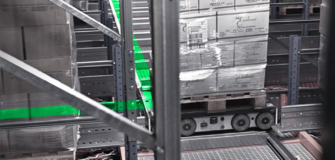Artificial intelligence has become a buzzword for businesses across different industries, but its benefits remain relatively untapped. It is a matter of time before this changes, however, as an ageing workforce, geopolitical tensions and economic fragilities heap pressure on supply chain resiliency and efficiency.
According to Statista, the perception of artificial intelligence becoming critical to business operations amongst supply chain leaders will increase from 11% this year to 37% by 2025. A well-trained algorithm has tremendous planning and problem-solving capabilities, but many poorly trained algorithms don’t, which can steer businesses away from AI. There is sometimes a disconnect between what AI can currently do for businesses and what businesses need – this technology isn’t a broad brushstroke and needs to be tailored to the requirements of specific businesses.
Contrary to some beliefs, artificial intelligence does not replace human intelligence or decisions – it augments it. While industrial AI unlocks immense potential for bolstering operations, human expertise remains indispensable. No algorithm is fully failproof, and human judgement plays a key role in validating outputs, addressing edge cases, and upholding ethical standards. The goal should therefore emphasise augmented intelligence – combining the strengths of both computer and human capabilities.
One area where AI and computer vision-based analytics are having a big impact is in industrial workplace health and safety. Automated systems and data-driven insights allow organisations to shift from reactive to proactive approaches, continuously enhancing risk prevention and mitigation. Automated safety checks powered by the Internet of Things minimise reliance on manual oversight, while predictive modelling leverages data analytics to foresee potential hazards. Computer vision provides real-time visual monitoring to swiftly detect anomalies, collaborative robots adapt to volatile environments, reducing strain on human workers, and immersive simulations provide highly effective safety training.
Such applications of industrial AI drive a shift in safety strategies and protocols – instead of merely responding to incidents, the right technology enables preventative measures. Data empowers continuous enhancement of safety standards over time, while smart infrastructure alongside intelligent workflows maintains these standards.
What is an industrial automation platform?
At the forefront of this safety revolution is KamerAI – a computer vision-based analytics and industrial automation platform helping businesses streamline their safety procedures. Unlike industry players providing multiple-point solutions, KamerAI is a one-stop solution and can be customised and expanded as per the business needs, while having multiple pre-built algorithms for known business challenges. Continued improvement of the platform is based on industry trends and data models, so it is designed to improve with time.
KamerAI is an innovative computer vision platform that helps businesses transform their visual data into actionable workplace safety insights. Designed for enterprise supply chain environments, the platform leverages AI and machine learning to analyse camera feeds in warehouses, distribution centres, and logistics facilities.
Many companies install CCTV cameras for forensic purposes for post-incident analysis. Supply Chain businesses have already invested in image data acquisition but rarely view the data. KamerAI platform enables proactive safety management in real-time and creates new business value out of this data. Its scalable architecture integrates analytic modules that address critical occupational risks like unsafe behaviours, ergonomic strains, pedestrian collisions, materials handling speeds and directions, and more. For example, automated detection of PPE compliance, posture monitoring, and micro-location tracking can all trigger alerts for dangerous scenarios before they occur.
Importantly, KamerAI takes the wealth of visual data captured into an enterprise-wide repository. This expanded data foundation powers more reliable computer vision models that keep improving over time, providing a living platform that evolves alongside business growth so that safety managers can enforce safety protocol adherence, design smarter staff workflows and predict equipment abnormalities.
Extremely useful for logistics environments requiring extensive activity monitoring, KamerAI enables end-to-end visibility so businesses can protect the well-being of their greatest asset – their workforce.


























































Follow us on social media